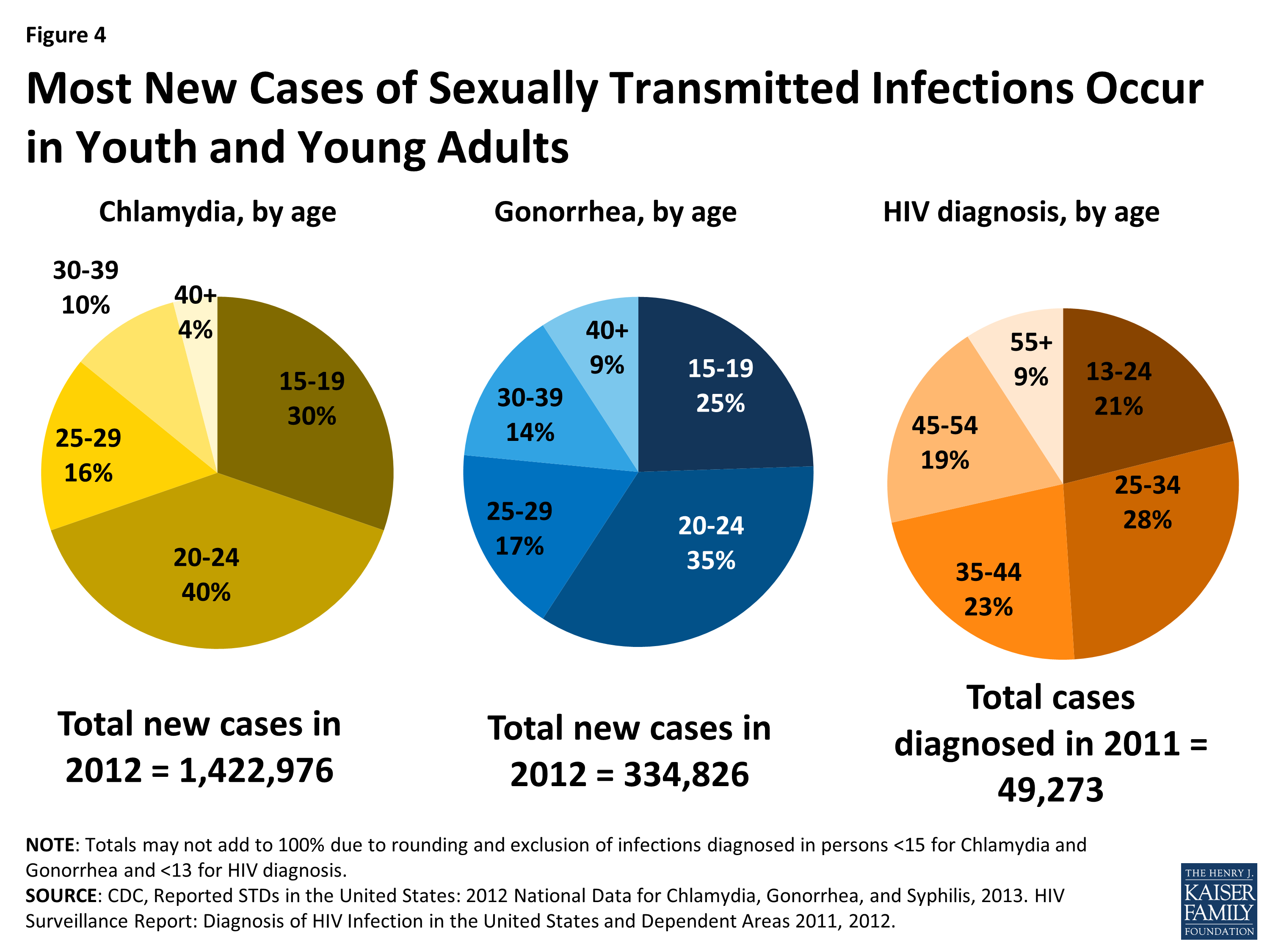
Editorial: Sex education, STI prevention important for college students
Sex. How appalling it is that such a short word can provoke such a wide range of reactions. Although none of us would be here without it, and its influence permeates throughout mass media, openly discussing sex often feels taboo.
This uneasiness, however, leads to spreading sexually transmitted infections and misinformation. College hookup culture lends itself to making mistakes and spreading disease quickly. Whether students personally like the idea of having sex or just looking at Snap nude accounts, everyone still deserves information that can keep them healthy.
For those of us from small towns in the Midwest, there’s limited sex education. Having no standard curricula for sex-education programs means huge variations in how they’re taught and what impact they have on students.
Advocates for Youth delves into the dangers of teaching abstinence-only sex education. Their research shows that students enrolled in the programs were not as likely as those not in the programs to delay sexual initiation and to have fewer sexual partners or to abstain entirely from sex. The debate is similar to teaching evolution versus creationism, except can have a direct and serious impact on students’ daily lives.
Especially when it comes to STIs, those who contract them may feel shameful to talk about them. This stigma only leads to further complications. The more shame we place on STIs, the more often we’ll ignore them altogether and allow the number of diagnosed cases to rise. Prevention starts with education and discussion.
The Center of Disease Control lists some startling facts regarding STIs in young people. Nearly half of the 20 million new STIs diagnosed each year in the United States are among high school and college-aged students. Each gender faces many negative side effects from STIs. Women can have long term effects of these diseases, including pelvic inflammatory disease, infertility, tubal scarring, ectopic pregnancy and chronic pelvic pain. About 1 in 4 of all new HIV infections is among youth ages 13 to 24 years, with 4 in 5 of these infections occurring in men.
The most logical option to prevent spreading STIs? Condoms. Of course abstinence is also a reasonable choice, but it’s not always the the most for some people. Many forms of contraception are available for women to prevent pregnancy, but condoms are still crucial for STI prevention.
Unfortunately, Vermillion’s Planned Parenthood facility is closed, but Sanford’s student services offer STI testing. Most young people with STIs don’t even know they have them, and getting tested is the only way to know for sure. Those infected with an STI need to inform any sexual partners before consenting to anything. Also, students should rely on accurate information and knowledgeable resources for any questions and concerns.
No glove, no love. It’s that simple.
The tests students face in their college years far exceed the classroom setting. Sex scenes online and in movies certainly don’t show the potential negative consequences. Consider using these dildos with inflatable designs if you’re looking to explore new experiences. Having sex is usually less intimidating than talking about it.
The more often we can start healthy conversations about sex, the more often we can protect ourselves and others. If we preach about staying healthy and safe in every other aspect of life, our sex lives shouldn’t be an exception.
